Our Approach
While we have our own standard approach and methodology, we also tailer it based on the farm specific situation. Here are some of the building blocks of our approach and methodology.
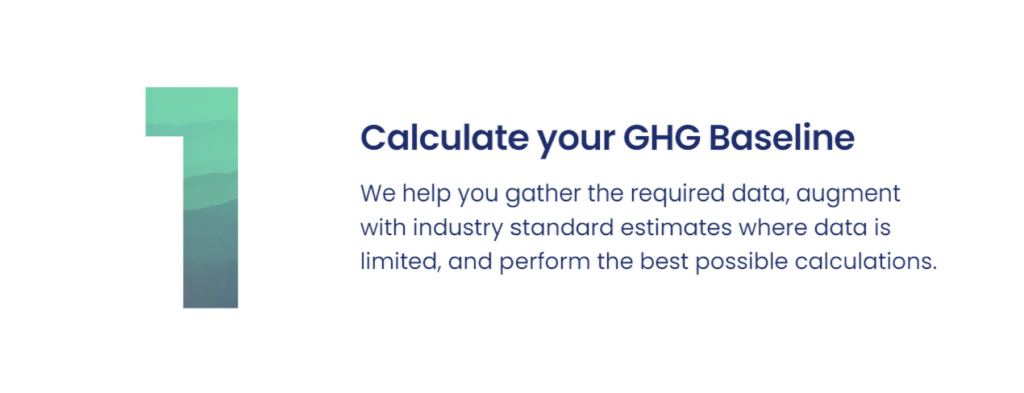
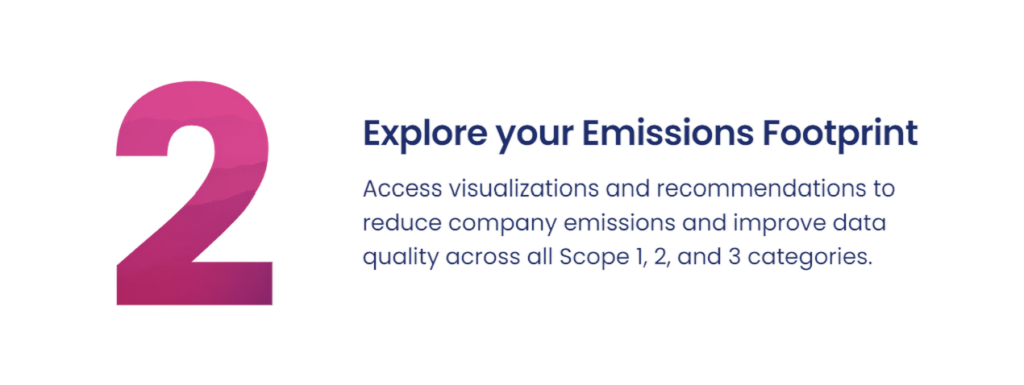
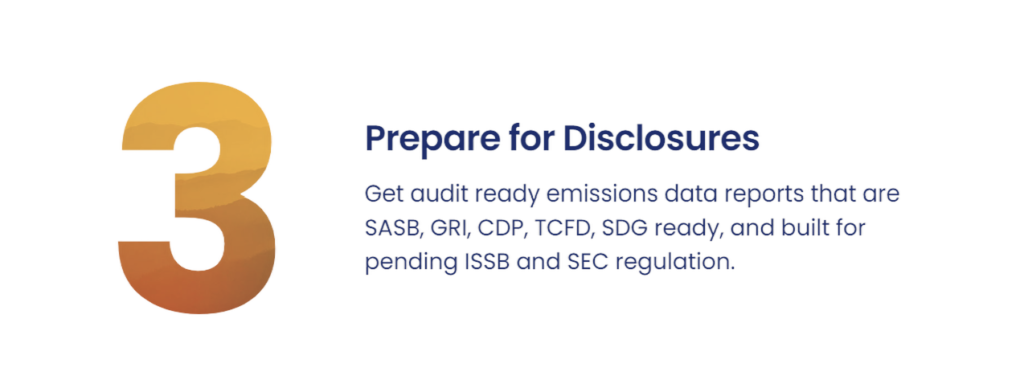
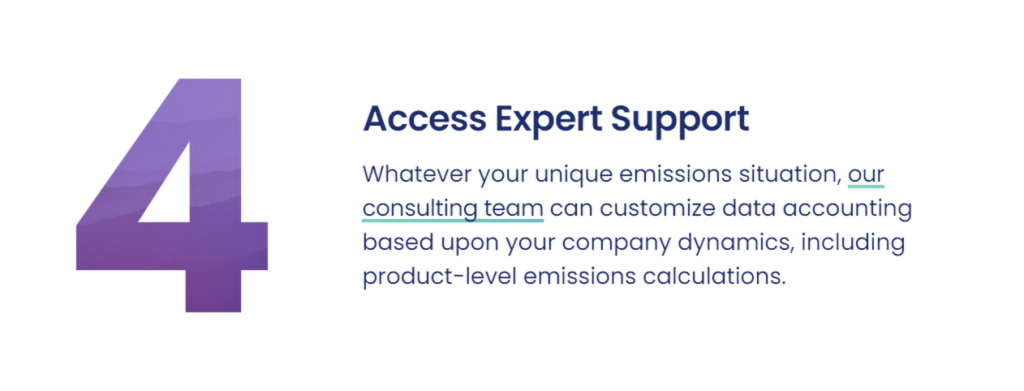
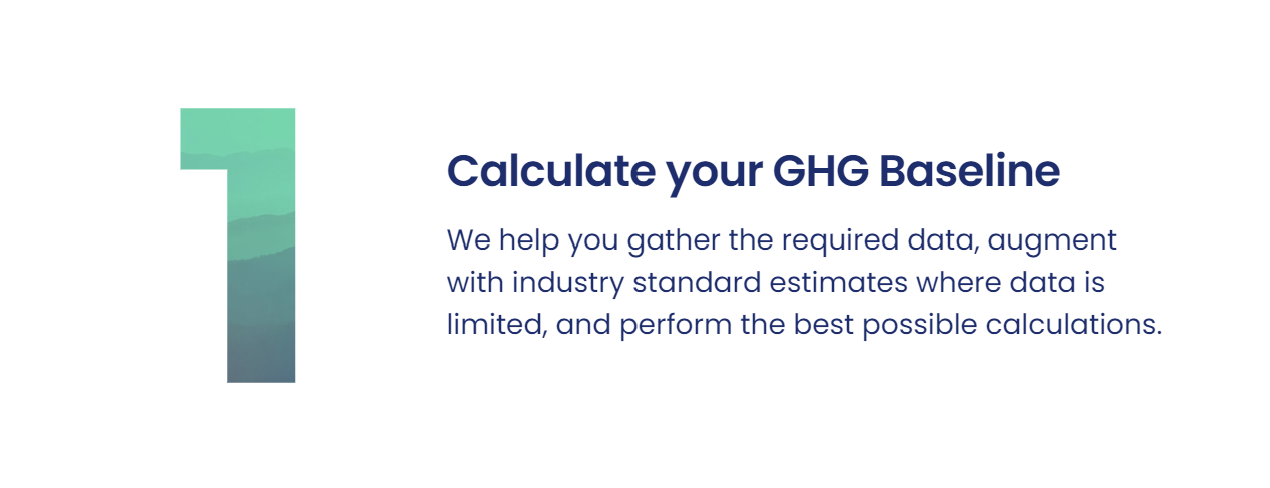
On-farm Measurements
Direct measurement of GHG emissions from key sources on the farm is a fundamental approach. This can include measuring methane emissions from enteric fermentation in cows using techniques like respiration chambers, open-circuit chambers, or in-situ infrared gas analyzers. Additionally, methane and nitrous oxide emissions from manure management practices, such as storage systems and land application, can be measured using flux chambers or gas analyzers.
Farm Records and Inventories
Gathering data from farm records and inventories can provide valuable information on inputs, outputs, and management practices that influence GHG emissions. These records may include feed composition and quantities, herd characteristics (e.g., number of animals, breed, age), manure management practices, energy use, and fertilizer application rates.
Emission Factors and Models
Utilizing emission factors provided by reputable sources, such as the U.S. Environmental Protection Agency (EPA) or agricultural research institutions, can help estimate GHG emissions based on activity data (e.g., feed intake, manure production) and specific emission factors (e.g., methane emissions per unit of feed consumed). Additionally, models like the DairyGHG model or the Carbon Management and Accounting Tool (CMAT) can be used to estimate emissions based on input data specific to the dairy farm.
Remote Sensing and Satellite Data
Remote sensing technologies and satellite imagery can provide spatial and temporal data on land use, vegetation cover, and changes in soil carbon content, which can inform estimates of GHG emissions and carbon sequestration on dairy farms. Remote sensing data can complement on-the-ground measurements and provide a broader perspective on farm-level emissions.
Surveys and Interviews
Conducting surveys or interviews with farm managers or owners can provide insights into management practices, technology adoption, and operational characteristics that influence GHG emissions. Surveys can be designed to gather information on feeding regimes, manure management practices, energy use, and other relevant factors.
Collaboration with Research Institutions
Collaborating with agricultural research institutions, universities, and extension services can provide access to expertise, resources, and research projects focused on GHG emissions from dairy farms. Engaging with experts and leveraging existing research findings can facilitate data collection and interpretation efforts.
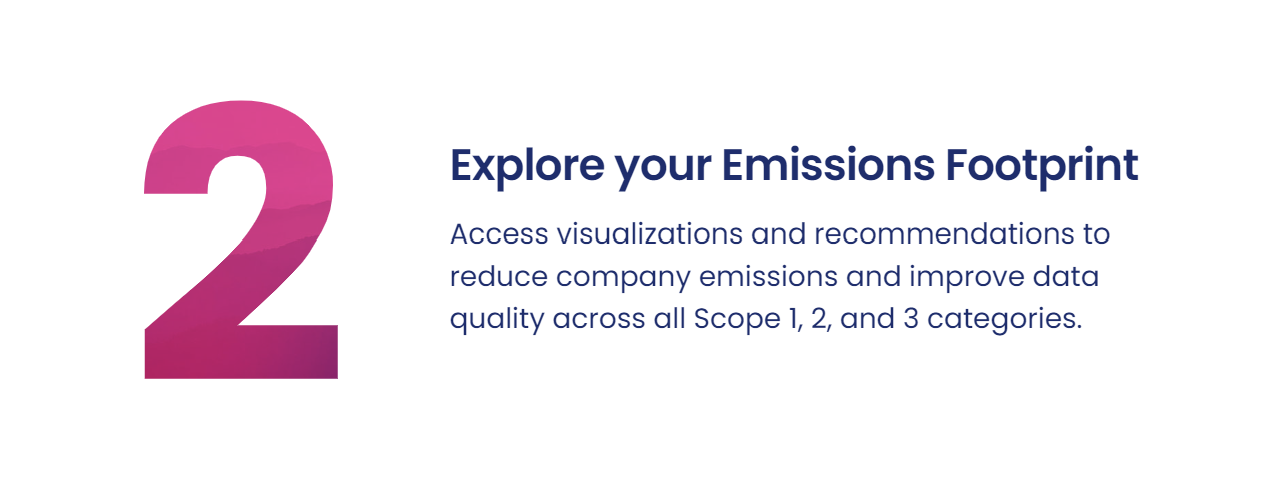
Feed Management:
Optimize feed composition and feeding practices to improve feed efficiency and reduce methane emissions from enteric fermentation. Explore alternative feeds and nutritional supplements that can lower emissions intensity while maintaining animal performance.
Manure Management:
Implement anaerobic digestion systems to capture methane emissions from manure and generate renewable energy. Adopt manure separation and treatment technologies to reduce methane and nitrous oxide emissions while producing valuable by-products.
Herd Health and Efficiency:
Invest in genetic selection for traits associated with improved feed efficiency and lower methane emissions per unit of milk or meat produced. Implement herd health management practices to prevent diseases and optimize animal productivity, thereby reducing emissions intensity.
Renewable Energy and Efficiency
Install on-farm renewable energy systems such as solar panels, wind turbines, or biogas digesters to offset fossil fuel use and reduce scope 2 emissions. Upgrade to energy-efficient equipment and technologies for milking, cooling, ventilation, and lighting to minimize on-farm energy consumption.
Soil Health and Carbon Sequestration:
Adopt regenerative agricultural practices such as rotational grazing, cover cropping, and agroforestry to enhance soil carbon sequestration and mitigate emissions from land use change. Implement precision nutrient management strategies to optimize fertilizer use, minimize nitrogen losses, and reduce nitrous oxide emissions from agricultural soils.
Supply Chain Collaboration:
Engage with upstream and downstream stakeholders in the supply chain to identify opportunities for emissions reduction and collaborate on sustainable sourcing initiatives. Explore partnerships with feed suppliers, transportation providers, and processors to optimize logistics, reduce transportation emissions, and promote circular economy principles.
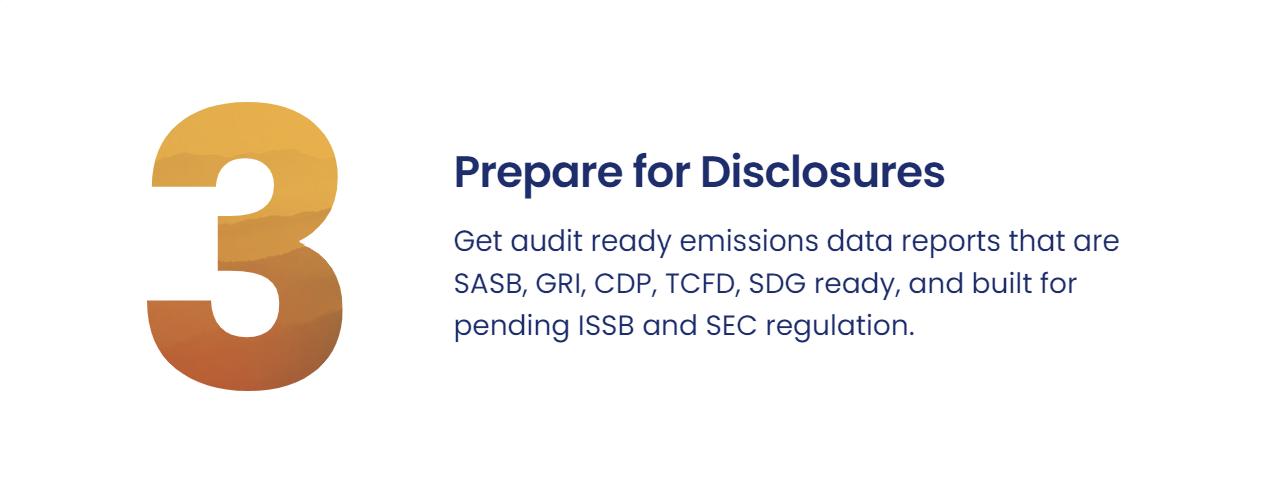
Data Collection and Management
Establish robust data collection processes to gather emissions data from relevant sources across the organization, including operations, supply chain, and value chain activities. Implement data management systems and tools to organize, validate, and store emissions data in a centralized and accessible format, ensuring data integrity and reliability. Integrate data collection efforts with existing financial reporting processes to streamline data capture and alignment with sustainability reporting standards.
Emissions Reporting Frameworks
Familiarize yourself with sustainability reporting frameworks such as SASB, GRI, CDP, TCFD, and SDGs, understanding their reporting requirements, metrics, and disclosure guidelines. Map emissions data to relevant disclosure topics, indicators, and metrics specified by each reporting framework, ensuring alignment with material sustainability issues and stakeholder expectations. Utilize standardized emission factors, calculation methodologies, and reporting protocols recommended by reporting frameworks to ensure consistency and comparability of emissions data.
Audit Preparation and Assurance
Conduct internal audits and reviews of emissions data collection processes, methodologies, and reporting practices to identify gaps, errors, and areas for improvement. Engage external auditors or independent third-party assurance providers to verify the accuracy, completeness, and reliability of emissions data, ensuring compliance with reporting standards and regulatory requirements. Document audit procedures, findings, and conclusions in audit reports to demonstrate the credibility and transparency of emissions data and reporting practices.
Regulatory Compliance and Disclosure Requirements
Stay informed about emerging regulatory developments and reporting requirements related to sustainability disclosures, including pending ISSB and SEC regulations, and adapt reporting practices accordingly. Anticipate forthcoming regulatory changes and proactively align emissions data reporting with evolving standards and guidelines to minimize compliance risks and ensure timely and accurate disclosures. Engage with regulatory authorities, industry associations, and peer organizations to advocate for clear, consistent, and harmonized reporting frameworks that facilitate transparency and comparability of emissions data.
Integration with Business Strategy and Stakeholder Engagement
Embed emissions data reporting into broader sustainability strategies, business planning processes, and decision-making frameworks to enhance strategic alignment and value creation. Engage with key stakeholders, including investors, customers, employees, and communities, to understand their sustainability expectations, priorities, and information needs, and tailor emissions disclosures accordi ngly. Communicate emissions data and performance metrics in a transparent, accessible, and engaging manner through sustainability reports, annual filings, investor presentations, and other communication channels to foster trust and accountability.
Continuous Improvement and Innovation
Continuously evaluate and enhance emissions data collection methodologies, reporting frameworks, and disclosure practices based on feedback, lessons learned, and emerging best practices. Invest in data analytics, visualization tools, and technology solutions to improve the efficiency, accuracy, and usability of emissions data reporting and analysis, enabling stakeholders to derive actionable insights and make informed decisions. Collaborate with industry peers, research institutions, and standard-setting bodies to advance the development and adoption of standardized emissions reporting protocols, methodologies, and disclosure frameworks that promote transparency, comparability, and accountability.
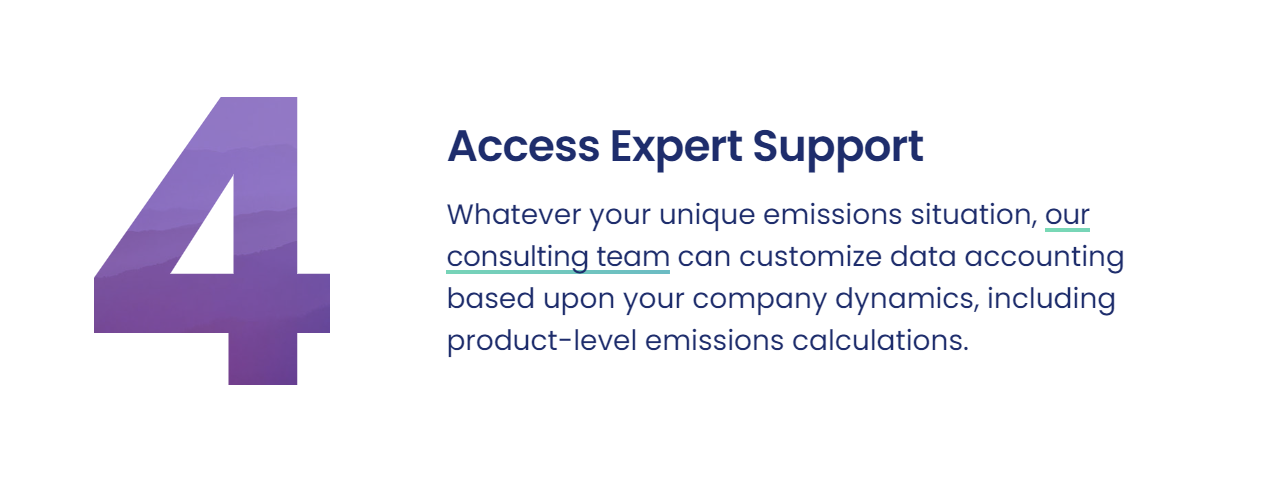
Initial Assessment
Conduct an initial assessment of the livestock farm’s emissions situation, including scope 1, 2, and 3 emissions sources, operational dynamics, and data availability. Identify key stakeholders and decision-makers involved in emissions management and reporting to ensure alignment and support for consulting engagements.
Consulting Engagement
Engage with an experienced consulting team specializing in emissions accounting and sustainability to customize data accounting solutions tailored to the specific dynamics of the livestock farm. Collaborate closely with the consulting team to define project objectives, scope, and deliverables, establishing clear communication channels and timelines for project execution.
Data Collection and Analysis
Work with the consulting team to collect, validate, and analyze emissions data from various sources across the livestock farm, including feed composition, herd management practices, manure management systems, and energy use. Utilize advanced data analytics tools and methodologies to identify emission hotspots, trends, and opportunities for emissions reduction and performance improvement.
Customized Accounting Framework
Develop a customized emissions accounting framework tailored to the unique characteristics and operational dynamics of the livestock farm, incorporating industry best practices, reporting standards, and stakeholder expectations. Customize emission factors, calculation methodologies, and reporting protocols to accurately capture and quantify emissions from different sources and activities on the farm.
Scenario Analysis and Modeling
Conduct scenario analysis and modeling exercises in collaboration with the consulting team to evaluate the potential impacts of different management practices, technologies, and interventions on emissions performance. Assess the cost-effectiveness, feasibility, and scalability of emission reduction strategies and mitigation measures to inform decision-making and action planning.
Capacity Building and Training
Provide training and capacity building support to farm staff and stakeholders on emissions accounting principles, data collection techniques, and reporting requirements to enhance internal capabilities and knowledge sharing. Empower farm personnel to effectively utilize emissions data and insights generated through consulting engagements to drive continuous improvement and innovation in sustainability management.
